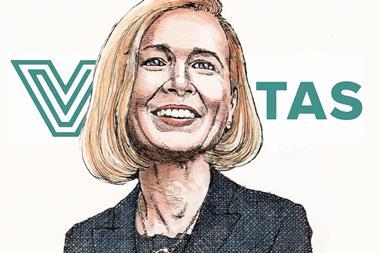GLOBAL - A US study on the long-term viability of defined benefit (DB) schemes has singled out minimum contribution payments dictated by law as one of six reasons the US public pension system remains well funded.
According to think tank the National Institute on Retirement Security (NIRS), a further reason for the relative health of the half dozen pension funds examined has been the avoidance of sudden increases in pensions by extending the period used to calculate the final average salary (FAS), often set at three years.
The report - titled 'Lessons from Well-Funded Public Pensions: An Analysis of Six Plans that Weathered the Financial Storm' - also argues that the pooled nature of DB funds offers a cost-effective alternative for governments to provide pensions, estimating it amounts to half the price of a defined contribution (DC) arrangement.
The two largest schemes examined, by membership and assets under management (AUM), are the Teacher Retirement System of Texas (TRST) and the New York State Teachers' Retirement System (NYSTRS), with the $88bn (€66bn) TRST dictating a certain level of employer contribution by law as a safeguard against future financial instability.
According to the state's constitution, employer contributions may not fall below the 6.4% currently provided by employees.
The report noted: "If the plan becomes underfunded and the employer has difficulty meeting the increased contributions, those additional contributions that were previously made help to ensure the employer can at least pay this minimum amount."
It added: "Due to the strong constitutional protection, the employer contribution has remained remarkably stable during this entire [surveyed] period, between 6% and 6.58%."
Report authors Jun Peng of the University of Arizona and Ilana Boivie, director of programmes at the NIRS, go on to say that the schemes examined either offered "modest" indexation or opted instead for ad hoc cost of living adjustments (COLAs), similar to the model of conditional indexation applied in the Netherlands.
Of the six funds examined, four employ discretionary COLA tactics, while all but North Carolina's Teachers and State Employees' Retirement System employ anti-spiking methods to avoid increased pension payments.












No comments yet